Alberta
Danielle Smith refuses to let reporter badger her into disclosing her COVID vaccine status
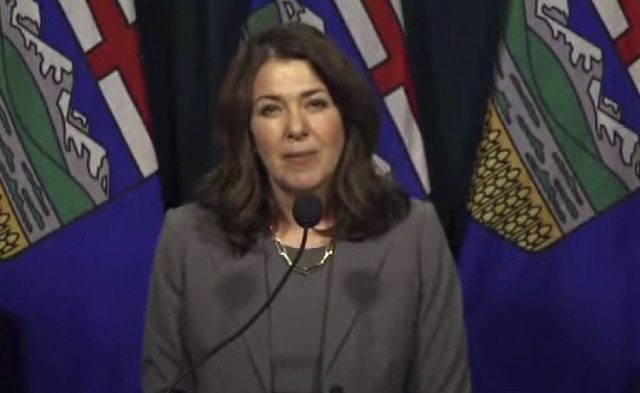
From LifeSiteNews
“I believe this is something I should talk about with my doctor, not media.”
Alberta Premier Danielle Smith made clear she will not disclose her personal COVID vaccination status.
“I think that a private medical decision should be kept private, and I think this is the reason why we have doctors giving the advice,” Smith said (23:15 min mark) to reporters on Thursday during a press conference announcing healthcare funding.
A legacy media reporter grilled Smith on COVID jab rates in the province, claiming that there was an “argument to be made” that politicians and health officials should set an “example” by “disclosing” their vaccination status.
Other reporters at the press conference were also crying foul over the Alberta government not spending millions of dollars on flashy “campaigns” as was done under former Premier Jason Kenney. Smith pointed out that the latest government press release around fall vaccinations states that shots for COVID and flu and all others are available to those who wish to get them.
Official data shows that about 15.5% of Albertans have chosen to get the COVID booster jab, which is on par with most provinces in Canada.
This is not the first time Smith has been asked by legacy media to disclose her COVID jab status. In September, she said she has a great “immune system,” but getting a shot is a matter to discuss only with her doctor and not the press.
“Look, I’m a healthy person, I tend to take care of my immune system,” Smith said in response to a question from a CBC reporter about fall COVID boosters.
“And I believe this is something I should talk about with my doctor, not media.”
In September, Health Canada approved a revised Moderna mRNA-based COVID shot despite research showing that 1 in 35 recipients of the booster ended up with myocardial damage. It then later approved Pfizer-BioNTech’s latest COVID jab.
Last week, LifeSiteNews reported on how an information request from a federal MP asking Health Canada if it has any clinical data showing whether Pfizer-BioNTech’s latest COVID jab is effective and safe after its recent approval of the shot has revealed the agency has no such data on file.
There is mounting evidence that all the mRNA-based COVID injections carry extreme risks, including for children.
A recent study by researchers at the Canada-based Correlation Research in the Public Interest found that 17 countries have a “definite causal link” between peaks in all-cause mortality and the fast rollouts of the COVID shots and boosters.
Adverse effects from the first round of COVID shots resulted in a growing number of Canadians filing for financial compensation over injuries from the jabs via the federal government’s Vaccine Injury Program (VISP).
Thus far, VISP has already paid $ 11,236,314 million to those injured by COVID injections, with some 2,000 claims remaining to be settled.
Smith earlier in the week, as reported by LifeSiteNews, promised to enshrine into “law” protections for people in her province who choose not to be vaccinated as well as strengthen gun rights and safeguard free speech by beefing up the provincial Bill of Rights.
“You have my commitment, no one’s going to be forced to be vaccinated,” Smith told Alberta blogger Shaun Newman.
Smith took over from Kenney as leader of the United Conservative Party (UCP) on October 11, 2022, after winning the party leadership. Kenney was ousted due to low approval ratings and for reneging on promises not to lock Alberta down as well as enacting a vaccine passport.
Under Kenney, thousands of nurses, doctors, and other healthcare and government workers lost their jobs for choosing to not get the jabs, leading Smith to say – only minutes after being sworn in – that over the past year the “unvaccinated” were the “most discriminated against” group of people in her lifetime.
Last month, a panel convened by Smith to investigate the previous government’s COVID governance released its findings, recommending many pro-freedom policies be implemented, such as strengthening personal medical freedoms via legislation so that one does not lose their job for refusing a vaccine as well as concluding that Albertans’ rights were indeed infringed on.
The panel was tasked to review “legislation and governance practices used by the Government of Alberta during the management of the COVID-19 public health emergency.”
Alberta
Alberta government should eliminate corporate welfare to generate benefits for Albertans

From the Fraser Institute
By Spencer Gudewill and Tegan Hill
Last November, Premier Danielle Smith announced that her government will give up to $1.8 billion in subsidies to Dow Chemicals, which plans to expand a petrochemical project northeast of Edmonton. In other words, $1.8 billion in corporate welfare.
And this is just one example of corporate welfare paid for by Albertans.
According to a recent study published by the Fraser Institute, from 2007 to 2021, the latest year of available data, the Alberta government spent $31.0 billion (inflation-adjusted) on subsidies (a.k.a. corporate welfare) to select firms and businesses, purportedly to help Albertans. And this number excludes other forms of government handouts such as loan guarantees, direct investment and regulatory or tax privileges for particular firms and industries. So the total cost of corporate welfare in Alberta is likely much higher.
Why should Albertans care?
First off, there’s little evidence that corporate welfare generates widespread economic growth or jobs. In fact, evidence suggests the contrary—that subsidies result in a net loss to the economy by shifting resources to less productive sectors or locations (what economists call the “substitution effect”) and/or by keeping businesses alive that are otherwise economically unviable (i.e. “zombie companies”). This misallocation of resources leads to a less efficient, less productive and less prosperous Alberta.
And there are other costs to corporate welfare.
For example, between 2007 and 2019 (the latest year of pre-COVID data), every year on average the Alberta government spent 35 cents (out of every dollar of business income tax revenue it collected) on corporate welfare. Given that workers bear the burden of more than half of any business income tax indirectly through lower wages, if the government reduced business income taxes rather than spend money on corporate welfare, workers could benefit.
Moreover, Premier Smith failed in last month’s provincial budget to provide promised personal income tax relief and create a lower tax bracket for incomes below $60,000 to provide $760 in annual savings for Albertans (on average). But in 2019, after adjusting for inflation, the Alberta government spent $2.4 billion on corporate welfare—equivalent to $1,034 per tax filer. Clearly, instead of subsidizing select businesses, the Smith government could have kept its promise to lower personal income taxes.
Finally, there’s the Heritage Fund, which the Alberta government created almost 50 years ago to save a share of the province’s resource wealth for the future.
In her 2024 budget, Premier Smith earmarked $2.0 billion for the Heritage Fund this fiscal year—almost the exact amount spent on corporate welfare each year (on average) between 2007 and 2019. Put another way, the Alberta government could save twice as much in the Heritage Fund in 2024/25 if it ended corporate welfare, which would help Premier Smith keep her promise to build up the Heritage Fund to between $250 billion and $400 billion by 2050.
By eliminating corporate welfare, the Smith government can create fiscal room to reduce personal and business income taxes, or save more in the Heritage Fund. Any of these options will benefit Albertans far more than wasteful billion-dollar subsidies to favoured firms.
Authors:
Alberta
Official statement from Premier Danielle Smith and Energy Minister Brian Jean on the start-up of the Trans Mountain Pipeline

-

 Opinion19 hours ago
Opinion19 hours agoClimate Murder? Media Picks Up Novel Legal Theory Suggesting Big Oil Is Homicidal
-
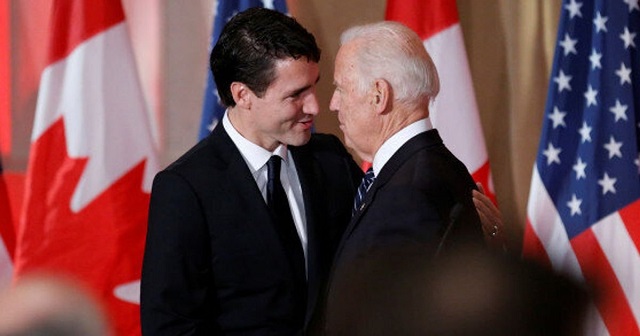
 Bruce Dowbiggin1 day ago
Bruce Dowbiggin1 day agoIt Gets Late Early These Days: Time To Bounce Biden & Trudeau?
-

 Environment2 days ago
Environment2 days agoClimate Alarmists Want To Fight The Sun. What Could Possibly Go Wrong?
-

 Addictions1 day ago
Addictions1 day agoCity of Toronto asks Trudeau gov’t to decriminalize hard drugs despite policy’s failure in BC
-
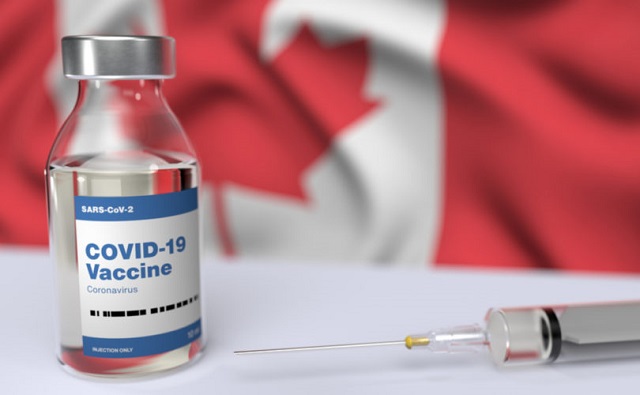
 COVID-192 days ago
COVID-192 days agoCanada’s COVID vaccine injury program has paid out just 6% of claims so far
-

 Business1 day ago
Business1 day agoWhen politicians gamble, taxpayers lose
-
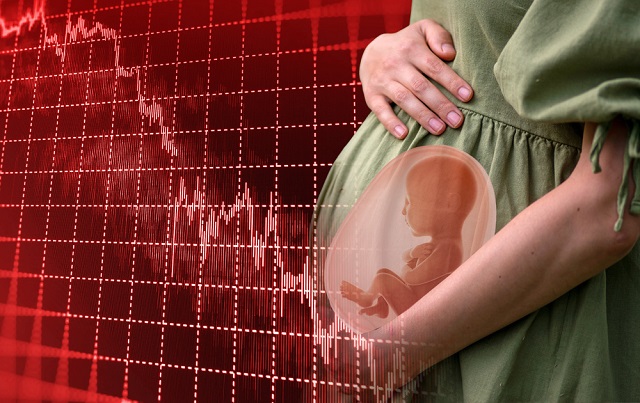
 International2 days ago
International2 days agoU.S. birth rate hit record low last year, signaling surge in childlessness
-
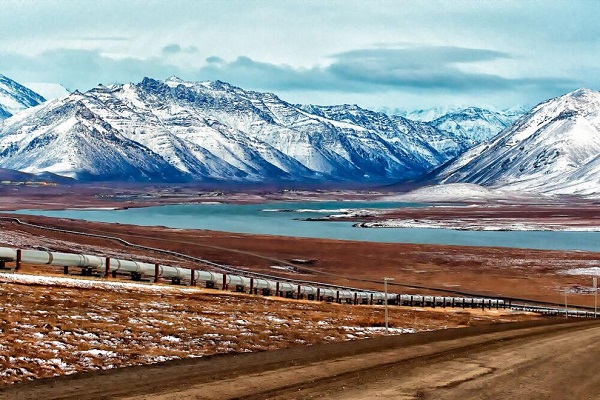
 Energy15 hours ago
Energy15 hours agoHouses passes bill to protect domestic oil production, protect Iñupiat community









